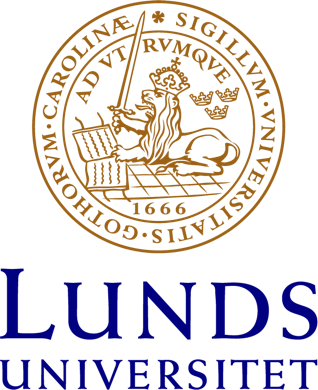New Media’s Quest for Verisimilitude: in Search of the Cultural and Sensomotoric Systems of Expectations of the Global Audience
Professor Kristian Bankov (New Bulgarian University)
[
paper]
In this presentation, I propose that certain principles of the global market push the technological development of new media towards more and more “culturally independent” content of media communication. The audiences receive experiences rather than texts. And here is rooted the semiotic problem. The quality of the artificially provided experience is to be experienced as if it were real.
To live a real (though transmitted) or imaginary experience is a matter of sensomotoric verisimilitude. A literary narrative may encourage the reader to imagine the experience of the author, the efficacy of the communicative exchange might be great, but the intermediation is just a text -- a lazy machine which requires an active work of cooperation (Eco 1994: 214): i.e., the author rents the reader's imaginative efforts for the creation of the narrative world, with varying probabilities for success, depending on the latter's cultural competences. With the advent of the new media, the communicative intermediation is not lazy at all. The projection of the movement and the sound requires energy: energy which provides the reader/spectator with sensomotoric input, transferring him much more easily into the narrative world.
Virtual reality is a "hard-working machine"; it allows the reader/spectator to become the lazy machine. ...Or at least "culturally lazy", insofar as the visuals and sound are created following the laws of nature, which every human being experiences, independently of her cultural background. Put in different terms, today technology struggles with the reader/spectator's disbelief on a more sensomotoric level than before. If the
effet du réel in literary texts is the structurally unjustified description of apparently useless details (Barthes 1986), then in visual and audio representation it is achieved with "high fidelity" simulation of the laws of movement and visual perspective. Bodies and objects make shadows, reflect the environment, and move according to the laws of gravity. Sound comes from the emitting object; and, if the latter moves, the position of the sound also moves. So we assist the gradual shift between two different systems of expectations, where the question is what makes the representations of the narrative worlds acceptable, especially for the new generation’s global audience.
- Barthes, R. (1986) "The reality effect" in The rustle of language, translated by Richard Howard, London: Basil Blackwell edition, pp. 141-148.
- Eco, U. (1994) The Role of the Reader: Explorations in the Semiotics of Texts Advances in Semiotics, Indiana UP, Bloomington (IN).
